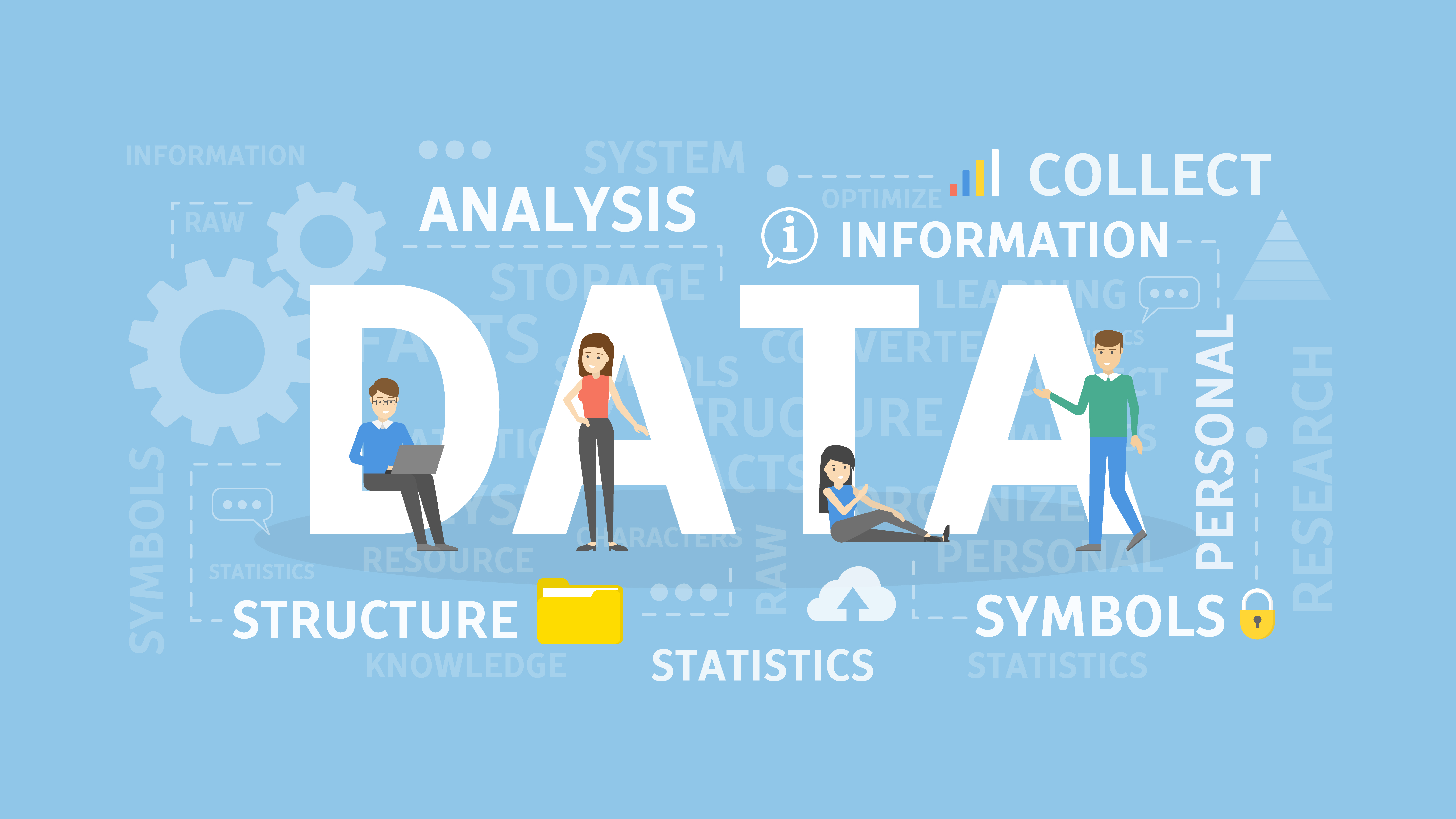In this data-centric world, organizations that harness the power of data analytics, visualization, and business intelligence gain a significant competitive advantage. A data-driven organization is one that relies on data to drive decision-making, optimize processes, and achieve strategic goals. This blog will explore the techniques and best practices that can help organizations build a strong foundation for data-driven decision-making.
Establish a Data Strategy
Building a data-driven organization starts with developing a clear data strategy. This strategy should align with the overall business objectives and identify the key data sources, metrics, and performance indicators that will drive decision-making. By defining the purpose and scope of data collection and analysis, organizations can ensure that their data initiatives are focused and aligned with their strategic goals.
Implement Robust Data Governance
Data governance is crucial for maintaining the quality, integrity, and security of data. Establishing a data governance framework involves defining data ownership, roles, and responsibilities within the organization. It also includes implementing data quality controls, data classification, and access controls to protect sensitive information. A strong data governance framework ensures that data is reliable, consistent, and available for analysis when needed.
Invest in Data Analytics Capabilities
To become data-driven, organizations must invest in the right tools and technologies for data analytics. This includes deploying data analytics platforms and software that can handle large volumes of data, perform complex analyses, and provide actionable insights. Data analytics techniques such as descriptive, diagnostic, predictive, and prescriptive analytics enable organizations to uncover patterns, identify trends, and make data-driven decisions.
Emphasize Data Visualization
Data visualization plays a vital role in making complex data sets more accessible and understandable to a broader audience. Effective data visualization techniques, such as charts, graphs, and dashboards, help stakeholders gain insights quickly and make informed decisions. It is essential to choose visualization tools that enable interactivity, customization, and real-time updates to ensure that data is presented in a compelling and meaningful way.
Foster a Data-Driven Culture
Building a data-driven organization goes beyond technology and processes. It requires fostering a culture that values data-driven decision-making and encourages employees to embrace data-driven practices. This involves promoting data literacy and providing training to employees on data analysis tools and techniques. Organizations should encourage a mindset that emphasizes data-driven experimentation, continuous learning, and the willingness to challenge assumptions based on data insights.
Enable Self-Service Analytics
Empowering employees with self-service analytics tools allows them to explore data independently, generate insights, and perform basic analyses without relying on IT support. This empowers employees to become more data-literate, encourages a data-driven culture, and enhances agility and innovation within the organization.
Drive Continuous Improvement
A data-driven organization is never static. It requires a constant commitment to continuous improvement. This involves regularly evaluating the effectiveness of data analytics initiatives, identifying areas for optimization, and adapting to changing business needs and data trends. By embracing a culture of continuous improvement, organizations can ensure that their data-driven strategies remain relevant and effective in the long term.
Conclusion
Building a data-driven organization is a journey that requires a strategic approach, robust governance, and a commitment to continuous improvement. By embracing the techniques and best practices outlined in this blog, organizations can harness the power of data analytics, visualization, and business intelligence to gain a competitive advantage, optimize processes, and achieve strategic goals.
